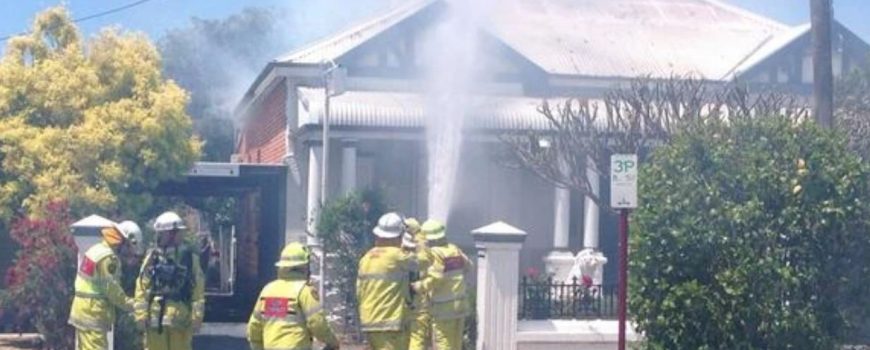Smoke alarm laws in Western Australia consist primarily of the;
– W.A Building Regulations 2012 (division 3) and;
In 1997 hard wired 240v smoke alarms became compulsory in Western Australia for all newly constructed residential buildings (or residential building extensions). From 2009 onwards this was extended to also include all existing residential buildings, prior to their transfer of ownership, rent or hire.
In W.A smoke alarms must;
- be positioned according to the requirements of the Building Code of Australia
- comply with AS 3786:2014
- be permanently connected to consumer mains power
- be interconnected, if your home was newly built after the 1 May 2015.
- be less than 10 years from the date of manufacture
W.A Building Regulations 2012 allow the use of non-replaceable lithium battery powered smoke alarms in certain situations however. This may include where mains power is not connected to the building, there is no hidden space to run the necessary wiring for mains powered alarms, and there is no appropriate alternative location – for example, where there is a concrete ceiling. It should be noted that formal approval must be obtained by the local council to use lithium battery powered alarms in these situations.
Landlords renting or hiring out their property are required to maintain the smoke alarms by law. This includes ensuring that the smoke alarm is;
- in working order;
- connected (hard wired) to 240 volt mains power;
- less than 10 years old from date of manufacture;
- if the use of a battery powered smoke alarm has been approved by the local council, the alarm has a non-removeable 10-year life lithium battery.
Both photoelectric and ionisation smoke alarms are permissible according to W.A legislation, however the W.A Department of Fire and Emergency Services (DFES) recommends interconnected photoelectric smoke alarms as the preferred type.






